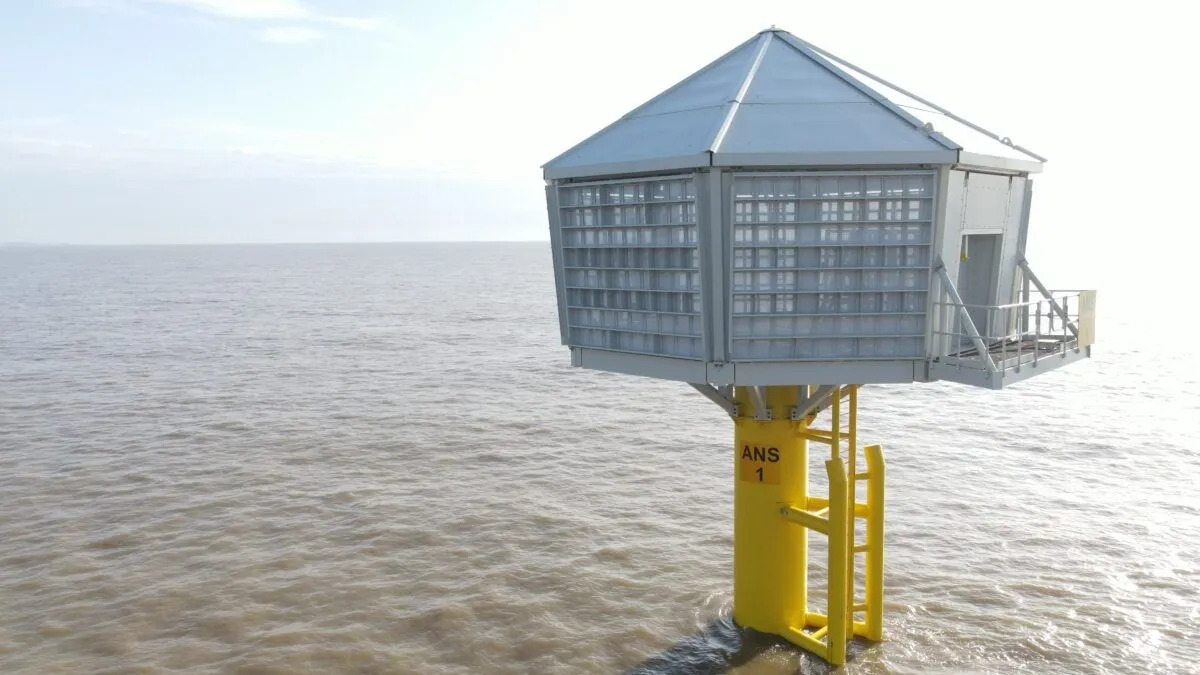Ørsted, a large Danish wind energy company, has just completed an important project: the construction of three giant artificial nests near its offshore park.
Even if the idea may seem strange at first glance, it is in fact capital. These nests are built next to the Hornsea 3 wind farm, in the North Sea off the coast of the United Kingdom, and are designed to house an endangered bird species: kittiwakes, or kittiwakes.
A compensation measure for animal protection
The installation of wind turbines in the open sea is not without consequences on the environment, and in particular on marine fauna and its habitat. The presence of these can seriously disturb underwater species, due to the vibrations caused by the blades. Birds are also concerned, since the presence of these huge structures increases the risk of aerial collisions.
Hornsea 3, built fairly recently, is a park that can generate 2.85 gigawatts of electricity. To compensate for its construction, it was subject to an ecological compensation requirement, making this project the first of its kind in the United Kingdom. To obtain permission to erect his park, Ørsted had to take extra measures to ensure that his project did not threaten kittiwakes. This species is very vulnerable and has experienced a sharp population decline since 2000, mainly due to food shortages and the various impacts linked to climate change. This species, the Rissa Tridactyla, is a pelagic gull; that is to say that it lives exclusively on the high seas and hardly ever comes close to land except for reproduction.
Artificial nests for a safe and sustainable habitat
The project was carried out in partnership with British contractor Red7Marine. These structures, called Nearshore Artificial Nesting Structure (ANS) were erected off Stuffolk. Seagulls have already started to settle here despite a significant lack of natural cliffs which they use for nesting.
Each nest is formed by a large octagonal pavilion which rests entirely on a pillar fixed to the seabed. Its capacity is 500 nesting spaces, allowing thousands of seagulls to take advantage of the protection offered by the structure. Inside the nest, cameras have been installed, which will allow teams of researchers to monitor gull populations while collecting interesting data on the species.
We can salute the initiative of Ørsted, but we can also wonder if the company would have thought of this project if it had not been obliged to. Either way, the result is a success and the kittiwakes now have less to worry about ensuring their offspring. However, these nests will not solve the problem of potential aerial collisions between birds and the blades, or the problem of vibrations previously described.
Sources: Electrek, Balkan Green Energy

10